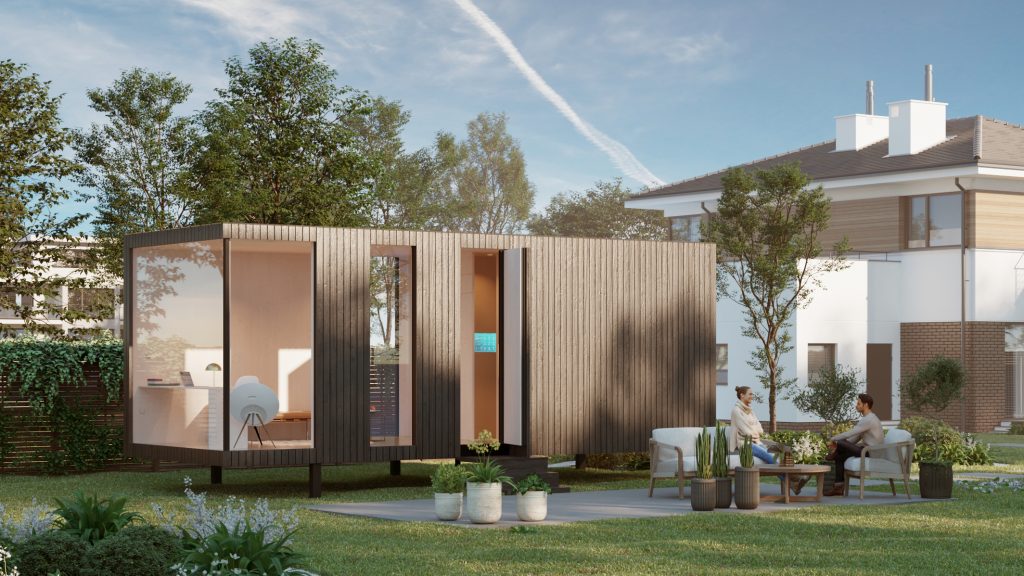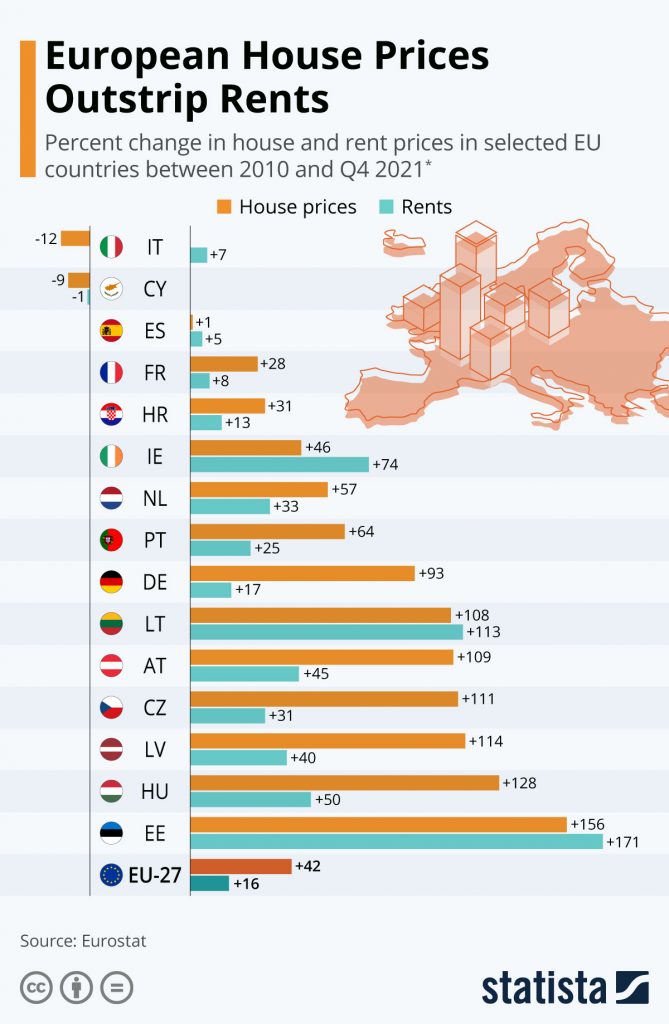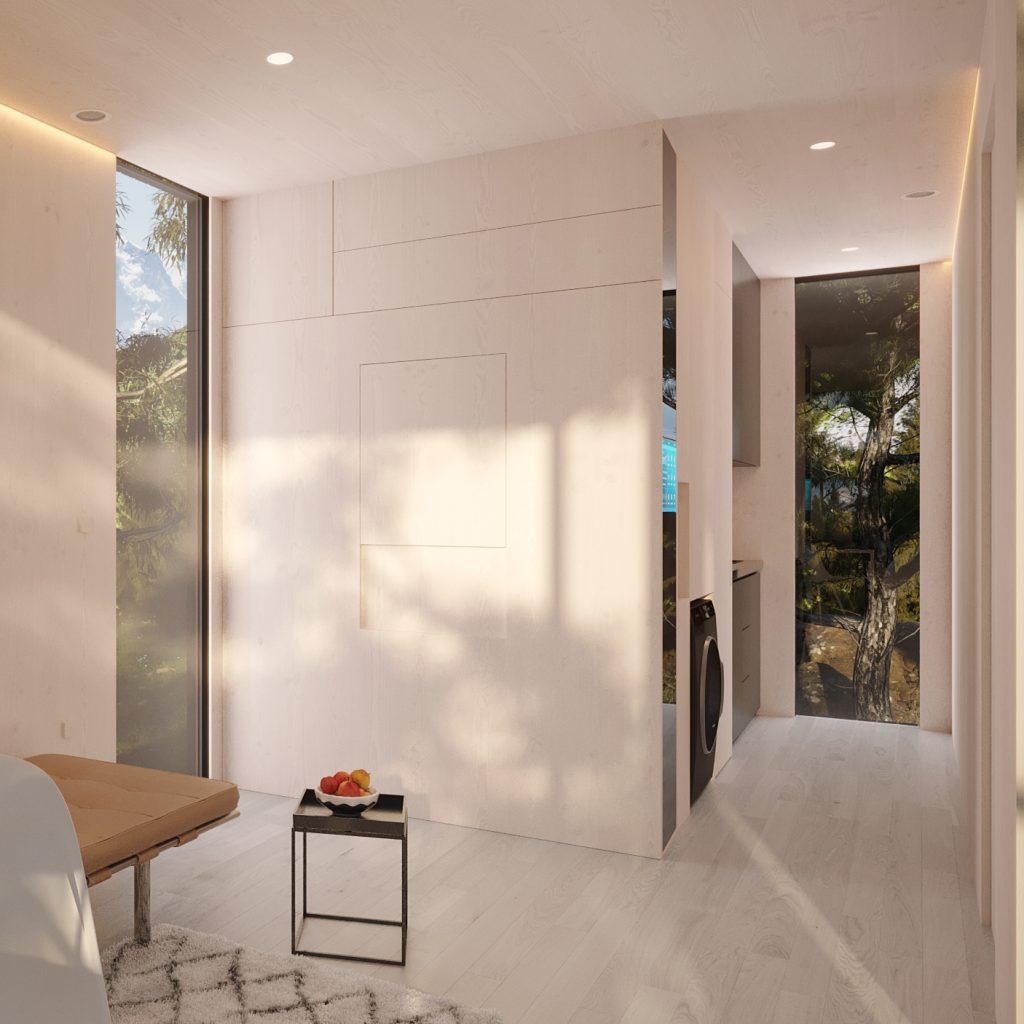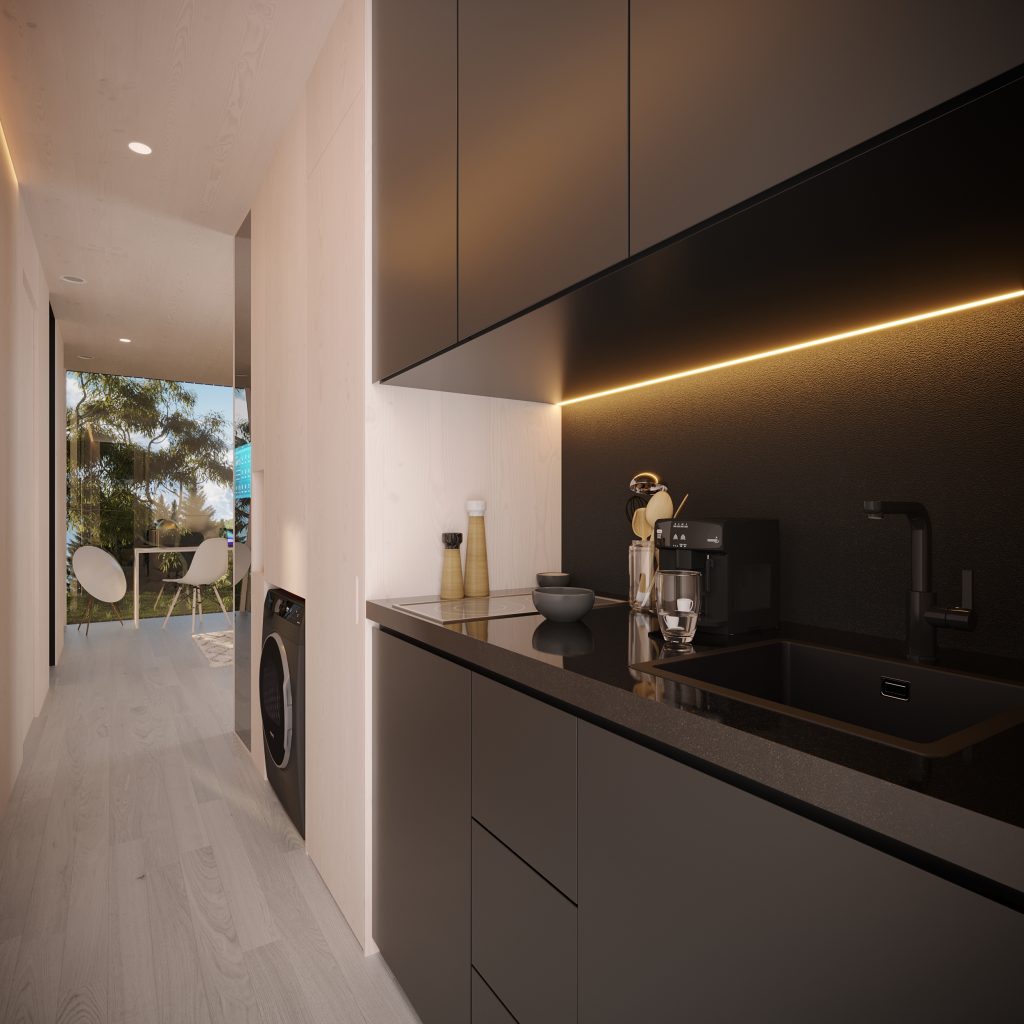Tiny Houses: A Potential Solution for the Housing Crisis in Europe


Many European countries such as Ireland and Netherlands have faced a shortage of housing units in comparison to the demand. Rapid urbanization, population growth, and particularly increased migration have aggravated this issue.
Common challenges in Europe can be listed as:
- High Housing Costs: Lots of European cities, particularly capital cities and major urban centers, have experienced significant increases in housing costs over the last few decades. The high rent prices have resulted in making it difficult for tenants to find affordable accommodation
- Shortage of Accommodation: Due to the increase in population and migration, lots of people in major European cities are facing insufficient housing availability. Strict land use regulations and slow construction processes make it difficult to build new residential buildings for the people searching for accommodation.
- Homelessness: Homelessness is a growing concern in Europe. Some countries have made efforts to address this issue, though, the lack of affordable housing remains a key factor contributing to homelessness.
- Demographic changes: Urbanization and an aging population contribute to demographic shifts and impact the housing demands in the countries. Urbanization leads to higher demand for housing in cities, while an aging population requires suitable accommodation for older citizens.


This chart illustrates the increase in house prices and rental expenses over the last decade. Source: Statista
Tiny houses have gained significant popularity as a potential solution to these housing problems in Europe. These small and compact dwellings can offer several benefits that could address issues related to accommodation shortages.
The benefits of tiny houses:
- Affordability: The costs of housing in numerous European cities have skyrocketed resulting in some challenges for people, especially young adults and lower-income individuals, to find affordable accommodation. Tiny houses are often more affordable than traditional homes – both in terms of upfront costs and ongoing maintenance expenses. This is a great option for individuals to own their own property without getting burdened by heavy mortgage payments.
- Lower costs: Their smaller size means lower construction costs, and they require fewer resources for heating and cooling, which can result in reduced monthly expenses.
- Environmental benefits: Their energy-efficient design can contribute to a smaller ecological footprint, which is an important consideration given the growing concerns about climate change.
- Adaptable to limited space: Tiny houses can fit into smaller plots of land or even existing properties, which makes them suitable for urban environments where space is limited. Additionally, they are designed to maximize every centimeter of space, incorporating clever storage solutions, and have multi-purpose furniture.
- Mobility: Some tiny houses are built on trailers, which allow them to be easily moved to different locations. This mobility can be advantageous in areas where land availability is scarce. It can provide an alternative to traditional fixed-location homes for people who have uncertain job prospects or those who prefer a more nomadic lifestyle.
- Community and shared spaces: Tiny house communities are emerging in Europe, providing a sense of community and shared resources. This has the potential to effectively tackle concerns pertaining to social isolation and cultivate a nurturing living environment.
- Minimalism and downsizing: Embracing a minimalist lifestyle in a tiny house encourages individuals to focus on experiences rather than material possessions, potentially leading to reduced stress and financial burden, as well as improved mental well-being.
- Customization: Tiny houses can be custom-built to suit individual needs and preferences, offering a level of personalization that might be harder to achieve with traditional housing which has higher costs and regulations.
- Innovative solutions: The rise of tiny houses can lead to more flexibility in housing options and exploration of sustainable urban living.




In conclusion, tiny houses can provide a promising solution to the accommodation problems faced by many European countries. They offer affordability, efficient use of space, mobility, environmental benefits, and a shift towards minimalistic living.
If you are interested in experiencing this innovative way of life, please take a look at our other blog posts:
Discover the Serai Way of Life: Living Environment for every day Details
Serai Design Office: Building Architectural Sections with a Focus on Serai One – A Zoomed-In Look
Also, don’t forget to visit our website!
www.seraispaces.com
References
van de Valk, Kyra. (2020). Housing Shortage and Tiny Living: Evaluating Tiny Houses as a sustainable answer to relieve the housing crisis in the Netherlands. 10.13140/RG.2.2.31004.41607.
Fleck, A. (2022) Infographic: European House prices outstrip rents, Statista. Available at: https://www.statista.com/chart/27276/european-house-prices-outstrip-rents/ (Accessed: 24 August 2023).


